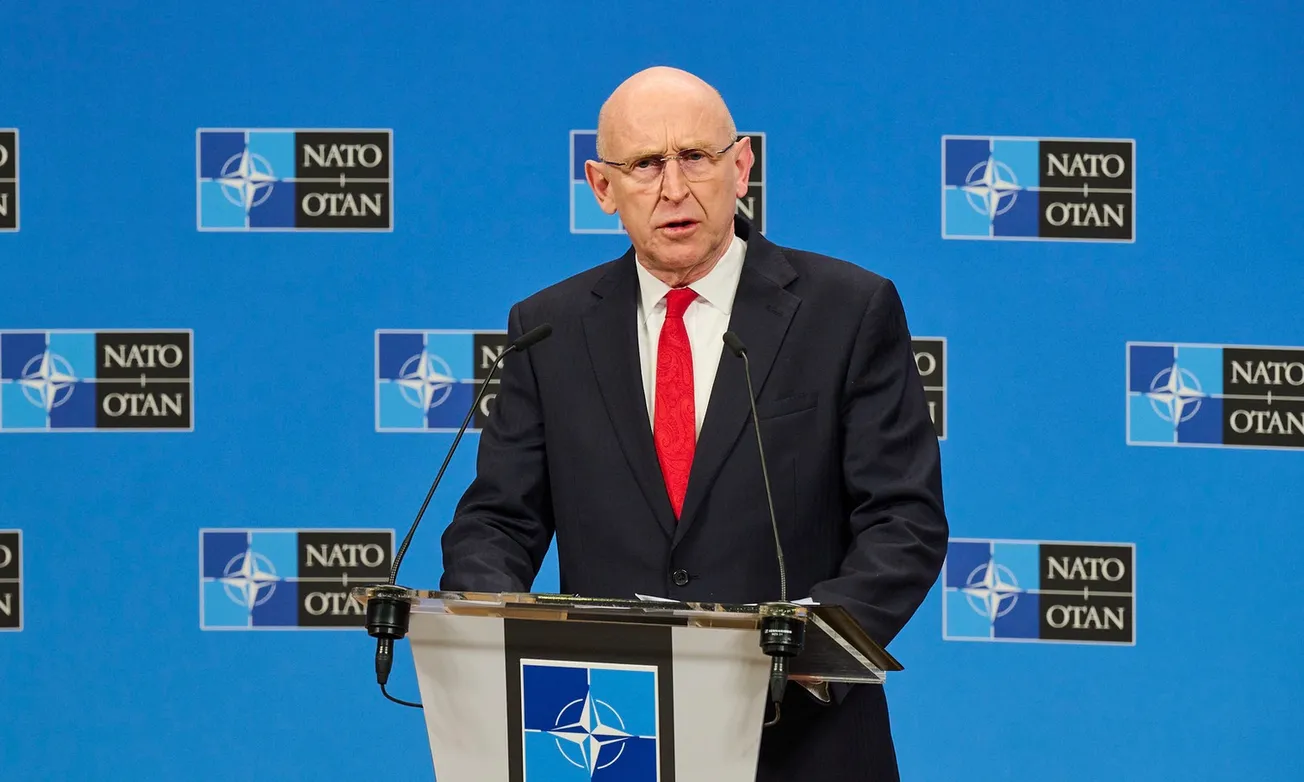Today the United Arab Emirates accepted the credentials of Badruddin Haqqani as Ambassador from Afghanistan. He had been serving in the U.A.E. as Kabul’s envoy. (He is not related to Afghanistan’s Acting Interior Minister Sirajuddin Haqqani.)
The U.A.E. is the first nation to take the step of officially recognizing an ambassador from Afghanistan since China’s similar action in January this year. (In 2023, China became the first country to appoint a new ambassador to Afghanistan.) No nation has officially recognized the Taliban leadership in Kabul as the government of Afghanistan, but the fruitful unofficial and informal foreign relations between many nations and the leadership of the Islamic Emirate of Afghanistan (I.E.A.) increases. Some 15 nations have active offices in Kabul, serving embassy functions.
Relations between Uzbekistan and I.E.A. have been notably cordial in recent months. Uzbek Prime Minister Abdulla Aripov visited Kabul on Aug. 17-18, in the first such high-level visit from Uzbekistan since August 2021. It is reported that he signed $2.5 billion worth of agreements with the I.E.A. in sectors including energy, agriculture and infrastructure.
In July, an Afghan business delegation had meetings and exhibited goods in Tashkent, Uzbekistan. A joint Uzbek-Afghan Chamber of Commerce was formed at that time. The two countries have an important cross-border rail connection, from Termez, Uzbekistan to Hairatan, Afghanistan.
Their joint border runs for 144 km, along the Amu Darya River, whose flow they also share, along with other nations in the Basin. Uzbekistan has kept collaborative relations with Afghanistan over the construction and potential impact on water availability, once Afghanistan’s Qosh Tepa Canal is completed. Intended to be finished by 2028, the 285-km channel can supply water for irrigating 550,000 hectares, providing for national food self-sufficiency. The needed infrastructure raises the larger question for all nations of the Aral Sea Basin, for how to increase the water supply, and how to implement high-tech water use technology, e.g. drip irrigation.
Uzbekistan and Afghanistan, together approaching 80 million people, are each far more populous than any other Central Asian nation. Uzbekistan has 36.5 million people; Afghanistan has 43 million, with several million more working or abroad as refugees.





